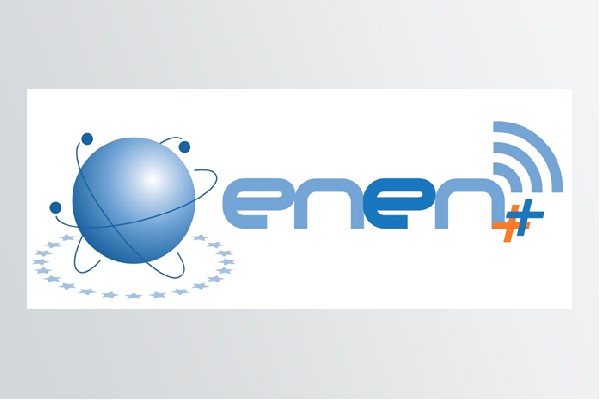AGH
AGH – UNIVERSITY OF SCIENCE AND TECHNOLOGY
FACULTY OF PHYSICS AND APPLIED COMPUTER SCIENCE
(AGH, KRAKÓW, POLAND)
AGH University of Science and Technology is one of the largest Polish technical universities. It has around 4,000 staff members (~400 professors, ~1000 associate professors and ~500 other teachers) and over 28,000 students of different courses (among them 640 PhD students). Yearly around 4200 graduates leve the University and above 100 doctor degrees, around 30 assistant professor degrees and 10 full professor titles are conferred.The University is the leader among Polish universities as regards the research projects granted by the EC (around 50 projects) in 5th and 6th FP, COST, EUREKA, CEEPUS, SOCRATES_ERASMUS and others.
AGH-UST is a member of the following international organisations:+
• ACRU (Association of the Carpathian Region Universities)
• EUA (European University Association)
• IAU (International Association of Universities)
• SEFI (Société Européenne pour la Formation des Ingénieurs)
• AEUA (Arab and European Universities Association).
Membership in these organisations allow us to participate in tasks carried out by working teams and discussions held at the international forum referring both to organisation of educational process and scientific aspects, as well as restructuring of universities in the context of the changing external environment.
The unit where the nuclear science is taught is the Faculty of Physics and Applied Computer Science (http://www.ftj.agh.edu.pl). It is its present name changed many times during its history. The first Department of Physics at the University of Mining (the original name of AGH) was established in 1919, just after the end of the First World War and the recovery of Poland independence. In 1925 the research activities started. At the beginning they were focused mainly on the physical properties of dielectrics and liquid crystals. Ten years later originated an independent and pioneering research on hydrodynamics of liquid crystals that resulted in discovery of the anisotropy of their viscosity. Works of professor Mięsowicz are widely recognised as fundamental for contemporary investigations in this field. At the end of 1930s, professor Mięsowicz turned his scientific interest towards nuclear physics. He started intensive research on cosmic radiation. In the mid-fifties Prof. Mięsowicz led a group of Krakow elementary-particle physicists. The group developed and in 1991 became one of several departments composing the Faculty of Physics and Nuclear Techniques. At present about 100 full-time academic teachers (and researchers at the same time) of the Faculty, among them 35 professors, teach about 800 students in different specialties. Yearly about 100 of them graduate as MSc.
The Faculty of Physics and Applied Computer Science is divided into 5 departments. Two of them are connected with nuclear techniques:
– Department of Applied Nuclear Physics: Environmental Physics Group, Nuclear Methods Group, Energy Problems Group
– Department of Particle Interaction and Detection Techniques: Nuclear Electronics and Radiation Detection Group.
Website: http://www.agh.edu.pl/index_e.php
Contact: Prof. Jerzy Lis lis@agh.edu.pl
Prof. Jerzy Janczyszyn janczyszyn@novell.ftj.agh.edu.pl
Academic year 2007-2008
Master of Nuclear Physics
Master of Advanced Energy Systems > more
PhD
Faculty Physics and Applied Computer Science offers four years Ph.D. studies in physics. Ph.D. students may plan their thesis research in the fields of:
• computer physics,
• environmental physics,
• medical physics and dosimetry,
• physical basis of electronics,
• physics of elementary particles,
• solid state physics,
• technical nuclear physics.



